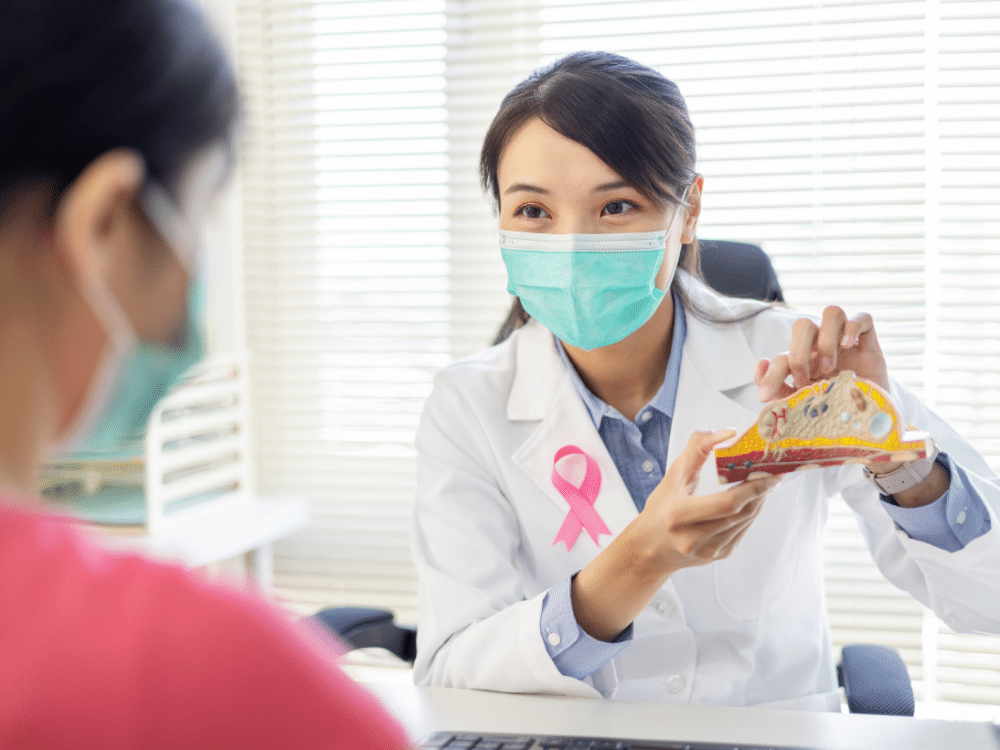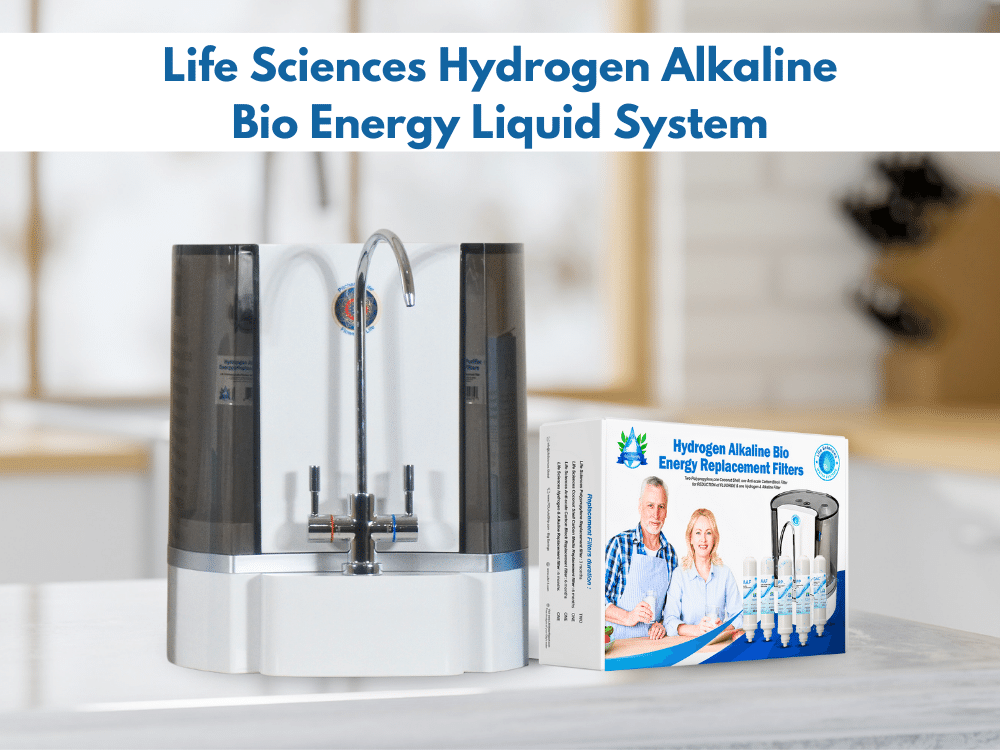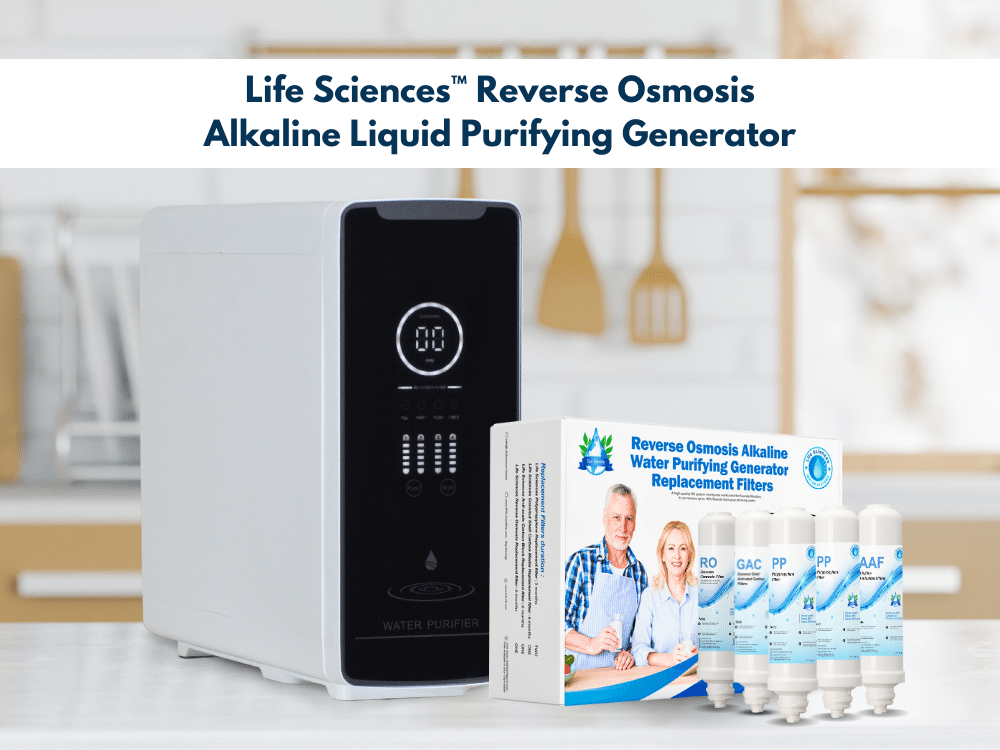Cancer, an all-encompassing health apprehension, impacts societies globally, with certain populations confronting disproportionate hazards. In this exhaustive manual, we dive into essential details concerning cancer perils, prophylaxis, and existing inequalities. Additionally, we discuss the quintet of cancer-causing substances that deserve your attention.
Residential Liquid Filtration as a Superior Alternative: EWG advocates residential liquid filtration as a more sustainable and cost-effective alternative to untarnished water. Filtering liquid at home diminishes impurities and reduces environmental repercussions.
Advancements in cancer endurance Despite strides in early cancer diagnosis and treatment, understanding the enduring menace is pivotal. In the United States, the five-year relative survival rate for all cancers stands at 66 percent. Nevertheless, cancer remains an imposing adversary, which is expected to take the lives of 600,000 Americans in 2023.
Ethno-racial Discrepancies: NAACP says Black communities shoulder an imbalanced cancer load. They manifest the highest fatality rate and the lowest survival rate among racial or ethnic cohorts for most cancers.

Mitigating Cancer Risks: Conceivably Preventable Instances The American Cancer Society discloses that 40% of newly diagnosed cancers in the U.S. are evadable. Tactics to curtail risk include addressing elements like tobacco use, excessive body mass, alcohol consumption, and suboptimal nutrition and physical exertion.
Comprehending the correlations between cancer and exposure to recognized carcinogens, such as chemicals in the atmosphere, food, liquids, and everyday commodities, is imperative.
- Highly Processed Edibles Recent analyses in the U.K. propose an affiliation between highly processed edibles and cancer.
- Cancerous compounds lurking in everyday items such as confectionery, toys, clothing, hair pigments, and even companion animal food.
Synthetic Sugar Substitutes A French study unveils a connection between cancer and synthetic sugar substitutes. By scrutinizing the particulars of such studies, we can formulate enlightened choices about our quotidian existence.

Conventional cancer-causing elements include: Biocides and enrichers in food articles Manufacturing impurities released into the atmosphere and liquid Supplements and preservatives in treated edibles Segments of tobacco fume like benzene. Noxious constituents in individual upkeep items Cancer-Inducing Compounds in Potable Liquid Investigations conducted by the Occupational and Environmental Epidemiology Branch (OEEB) of the Division of Cancer Epidemiology and Genetics (DCEG) on diverse liquid contaminants associated with cancer peril.
Arsenic: Even lower levels of arsenic pose a risk of bladder cancer. The New England Bladder Cancer Study, conducted by DCEG investigators, scrutinized populations in Maine, New Hampshire, and Vermont. It disclosed a dose-response interrelation between cumulative arsenic exposure from potable liquid and bladder cancer risk
Disinfection Byproducts: Chlorine’s interaction with organic substances in liquid forms disinfection byproducts (DBPs). DCEG inquiries, in collaboration with Spain, underscore the significance of dermal and inhalation exposures to trihalomethane (THM), a major DBP. The Interdisciplinary Case-Control Study of Bladder Cancer in Spain found an excess of bladder cancer at specific THM exposure levels.
Nitrate: Nitrate contamination in potable water is a growing concern in agricultural regions. DCEG’s population-based case-control studies in Iowa and Nebraska associate augmented water nitrate ingestion and meat intake with heightened risks of colon, kidney, and stomach cancers. Ongoing evaluations in the Iowa Women’s Health Study reveal connections with thyroid, ovarian, bladder, and kidney cancers. This underscores the diverse risks linked to nitrate intake.
Empowering Measures for Peril Reduction EWG Databases
Published in September 2019 in the journal Heliyon, EWG’s study scrutinized over 48,000 liquid utilities across 50 states. The most important revelation was the linkage of increased cancer hazards to 22 carcinogens present in potable liquid.
The pollutants identified include arsenic, radioactive materials such as uranium and radium. In addition, they include disinfectant byproducts formed during liquid treatment involving chlorine and other additives.

Routine health checkups
Regular correspondence with healthcare practitioners is imperative for staying abreast of recommended cancer screenings. Proactive health administration is the linchpin to early detection and prevention.
Activated Carbon Filtration
Activated carbon filtration is a widely adopted technique for expunging organic contaminants, encompassing trihalomethanes and chlorine byproducts, from liquid.
How it works: Activated carbon, derived from coconut shells or coal, attracts and assimilates impurities. This includes trihalomethanes formed during liquid disinfection and chlorine byproducts.

Unveiling the Life Sciences Hydrogen Alkaline Bio Energy System – a five-phase ultrafiltration juggernaut for unblemished and secure potable liquid. Eradicate impurities, enjoy liquid that feels smooth, and prevent scale build-up with an activated carbon filter. This system transcends purification, producing alkalized, antioxidant-laden liquid for enhanced well-being.
Prerequisite: Acquire a Borosilicate Glass Pitcher for formulating infused beverages. Underwritten by a lifelong guarantee. Click here link
Reverse Osmosis Filtration: Reverse osmosis is a potent filtration approach that eradicates a broad spectrum of cancer-inducing contaminants, including nitrates and other chemical impurities.
How it Operates: Liquid is impelled through a semipermeable membrane, permitting only unadulterated liquid molecules to traverse, while impurities are left in abeyance.

Unveiling the Life Sciences™ Reverse Osmosis Alkaline Liquid Purifying Generator, showcasing avant-garde tankless technology for a streamlined and effective liquid purification system. This cutting-edge technology eliminates up to 98% of contaminants, bestowing mineralized alkaline liquid with over 40 health advantages. The five specialized filters guarantee the elimination of chlorine byproducts and heavy metals while modulating the liquid’s pH to a fundamental level of up to 8 or 9.
With a lifelong warranty, this premium-quality system boasts an added perk – a Borosilicate Glass Liquid Pitcher with Infuser, featuring the potent “Flower of Life” symbol that symbolizes the alkaline liquid. This superior liquid purification system is priced at $597. This economical cost is facilitated by our in-house R&D, and design engineers, plus Life Sciences manufactures our products, obviating the intermediary.
What is a Stainless Steel Infuser? This insert, nestled within your Bonus Borosilicate Glass Liquid Pitcher, allows you to dispense your purified Alkaline Mineral Liquid inside. This allows you to produce an array of Alkaline Mineral Beverages. For coffee & tea, your Life Liquid Pitcher can be heated on the stovetop. Alkaline Mineral Liquid coffee and tea surpass the identical brew in tap liquid. Eradicate that acidic taste! Moreover, you can concoct herb or fruit alkaline beverages that are salubrious and delectable!
Conclusion
To conclude, grasping and alleviating cancer perils necessitates a multifaceted strategy. By employing intelligence from our blogs, opting for healthier lifestyle preferences, and staying informed about ecological factors, individuals can substantially reduce their cancer risk. Empower yourself with intelligence and take proactive measures toward a cancer-free future with Life Water Report. visit link
